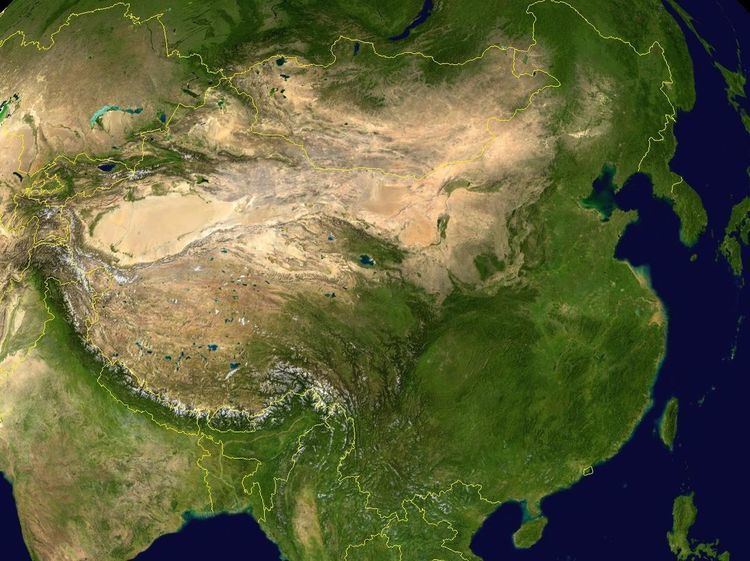 | ||
The environment of China comprises diverse biotas, climates, and geologies. Rapid industrialization, population growth, and lax environmental oversight have caused many environmental issues and large-scale pollution.
Contents
Climate change
The position of the Chinese government on climate change is contentious. China is the world's current largest emitter of carbon dioxide although not the cumulative largest. China has ratified the Kyoto Protocol, but as a non-Annex I country is not required to limit greenhouse gas emissions under terms of the agreement.
Protected areas of China
There are several forms of protected areas in China.
Environmental issues
Rapid industrialization, population growth, and lax environmental oversight have caused many environmental issues, such as large-scale pollution in China. As of 2013 Beijing, which lies in a topographic bowl, has significant industry, and heats with coal, is subject to air inversions resulting in extremely high levels of pollution in winter months.
In January 2013, fine airborne particulates that pose the largest health risks, rose as high as 993 micrograms per cubic meter in Beijing, compared with World Health Organization guidelines of no more than 25. The World Bank estimates that 16 of the world's most-polluted cities are located in China.
According to Jared Diamond, the six main categories of environmental problems of China are: air pollution, water problems, soil problems, habitat destruction, biodiversity loss and mega projects. And "China is noted for the frequency, number, extent, and damage of its natural disasters".
